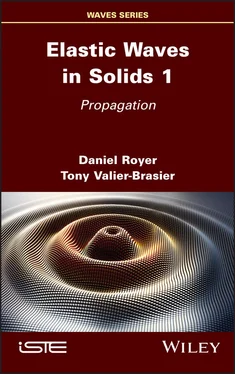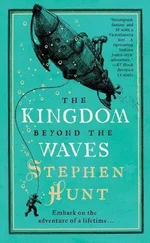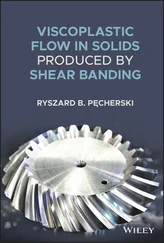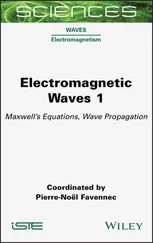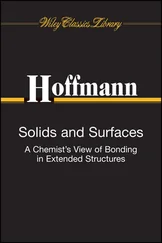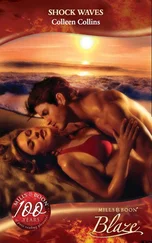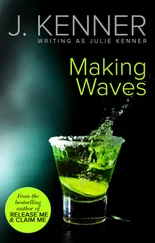92 82
93 83
94 84
95 85
96 86
97 87
98 88
99 89
100 90
101 91
102 92
103 93
104 94
105 95
106 96
107 97
108 98
109 99
110 100
111 101
112 102
113 103
114 104
115 105
116 106
117 107
118 108
119 109
120 110
121 111
122 112
123 113
124 114
125 115
126 116
127 117
128 118
129 119
130 120
131 121
132 122
133 123
134 124
135 125
136 126
137 127
138 128
139 129
140 131
141 132
142 133
143 134
144 135
145 136
146 137
147 138
148 139
149 140
150 141
151 142
152 143
153 144
154 145
155 146
156 147
157 148
158 149
159 150
160 151
161 152
162 153
163 154
164 155
165 156
166 157
167 158
168 159
169 160
170 161
171 162
172 163
173 164
174 165
175 166
176 167
177 168
178 169
179 170
180 171
181 172
182 173
183 174
184 175
185 176
186 177
187 179
188 180
189 181
190 182
191 183
192 184
193 185
194 186
195 187
196 188
197 189
198 190
199 191
200 192
201 193
202 194
203 195
204 196
205 197
206 198
207 199
208 200
209 201
210 202
211 203
212 204
213 205
214 206
215 207
216 208
217 209
218 210
219 211
220 212
221 213
222 214
223 215
224 216
225 217
226 218
227 219
228 220
229 221
230 222
231 223
232 224
233 225
234 226
235 227
236 228
237 229
238 230
239 231
240 232
241 233
242 234
243 235
244 236
245 237
246 238
247 239
248 240
249 241
250 242
251 243
252 244
253 245
254 246
255 247
256 248
257 249
258 250
259 251
260 253
261 254
262 255
263 256
264 257
265 258
266 259
267 260
268 261
269 262
270 263
271 264
272 265
273 266
274 267
275 268
276 269
277 270
278 271
279 272
280 273
281 274
282 275
283 276
284 277
285 278
286 279
287 280
288 281
289 282
290 283
291 284
292 285
293 287
294 288
295 289
296 290
297 291
298 292
299 293
300 295
301 296
302 297
303 299
304 300
305 301
306 302
307 303
308 304
309 305
310 306
Series Editors Pierre-Noël Favennec† and Frédérique de Fornel
Elastic Waves in Solids 1
Propagation
Daniel Royer
Tony Valier-Brasier

First published 2022 in Great Britain and the United States by ISTE Ltd and John Wiley & Sons, Inc.
Apart from any fair dealing for the purposes of research or private study, or criticism or review, as permitted under the Copyright, Designs and Patents Act 1988, this publication may only be reproduced, stored or transmitted, in any form or by any means, with the prior permission in writing of the publishers, or in the case of reprographic reproduction in accordance with the terms and licenses issued by the CLA. Enquiries concerning reproduction outside these terms should be sent to the publishers at the undermentioned address:
ISTE Ltd
27-37 St George’s Road
London SW19 4EU
UK
www.iste.co.uk
John Wiley & Sons, Inc.
111 River Street
Hoboken, NJ 07030
USA
www.wiley.com
© ISTE Ltd 2022
The rights of Daniel Royer and Tony Valier-Brasier to be identified as the authors of this work have been asserted by them in accordance with the Copyright, Designs and Patents Act 1988.
Any opinions, findings, and conclusions or recommendations expressed in this material are those of the author(s), contributor(s) or editor(s) and do not necessarily reflect the views of ISTE Group.
Library of Congress Control Number: 2021951482
British Library Cataloguing-in-Publication Data
A CIP record for this book is available from the British Library
ISBN 978-1-78630-814-6
This book follows two books co-authored with Eugène Dieulesaint devoted to Elastic Waves in Solids ; the first book is subtitled Free and Guided Propagation , and the second, Generation, Acousto-optic Interaction, Applications .
This book is also divided into two volumes. It is designed for students who are pursuing their masters in physics, mechanics or geophysics, as well as for other graduate students, PhD students, engineers, researchers and professors. The objective is to analyze the propagation, interactions and generation of elastic waves in a large variety of solid media and structures. Wherever possible, a common formalism has been used that is applicable to both bulk and surface waves, as well as to guided waves.
Elastic waves are vibrations that propagate in any medium: gaseous, liquid or solid. The term “elastic” is used to describe the mechanical behavior of the propagation medium. When the frequency of these waves is in the audible range (approximately between 20 Hz and 20 kHz), they are commonly called “acoustic waves” or “sound waves”; they are called infrasound or ultrasonic waves if their frequency is below or above this range. The term “acoustics” is often broadly used for anything related to matter waves, regardless of their frequency. Given the earlier specifications, this is not the most appropriate term; however, it has the advantage of defining a discipline, such as mechanics, optics, thermodynamics, and so on. Acoustics is often considered as the oldest of the physical sciences. A brief review of the historical evolution of this field and a summary of the applications of elastic waves are used to explain the contents of this book.
It was known since Poisson’s memoir, published in 1829, that longitudinal or transverse matter waves can propagate in the bulk of an isotropic, elastic solid. At the end of the 19th century, on the earliest seismic recordings, P wave trains (arriving first) and S (or secondary) wave trains were identified with the arrivals of bulk longitudinal waves (the fastest) and bulk transverse waves. A third, late echo was attributed to surface waves, discovered in 1885 by Lord Rayleigh. In the early 20th century, seismic waves were used to study the interior of the Earth and to determine its structure. Therefore, it is not surprising that most elastic waves were discovered by geophysicists and carry their names: Lamb, Love, Stoneley and Scholte waves.
Until 1915 and the research carried out by Paul Langevin and Constantin Chilowsky, earthquakes were the only means for generating these elastic waves, and this phenomenon was hard to reproduce and was quite destructive. However, experiments carried out at the École Supérieure de Physique et de Chimie Industrielles (ESPCI) in Paris, then in the Seine, and finally in Toulon demonstrated that the piezoelectric effect (discovered in 1880 by Pierre and Jacques Curie) could generate ultrasound waves in water and detect the echo reflected by a target. For many decades, quartz was the only piezoelectric crystal used. Given its exceptional mechanical properties and thermal stability, it began to be used in the emerging field of telecommunications to stabilize and filter the frequency of broadcasting transmitters and receivers. The usage of quartz resonators spread after K.S. Van Dyke and D.W. Dye independently developed an equivalent circuit of a piezoelectric resonator.
Читать дальше
